Tag: research
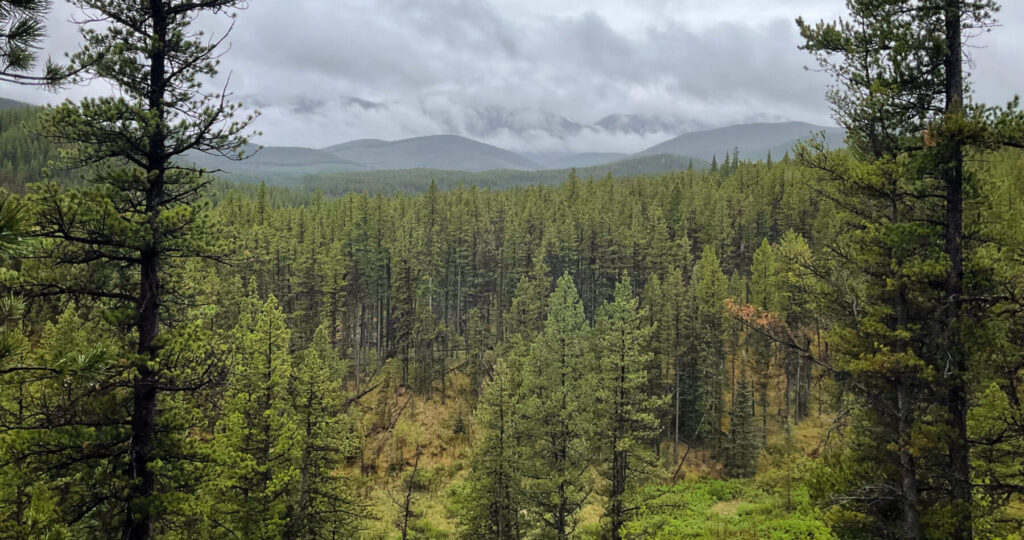
June 20, 2024
National Indigenous Peoples Day, 2024
The Role of Indigenous Engagement in the Stewardship of Cultural Landscapes National Indigenous Peoples Day is a celebratory holiday to commemorate the culture, heritage, and contributions of the Indigenous population of Turtle Island (Canada). This year, we would like to highlight the significance of Indigenous involvement in forestry-based archaeological assessments, and research programs throughout the
Keep Reading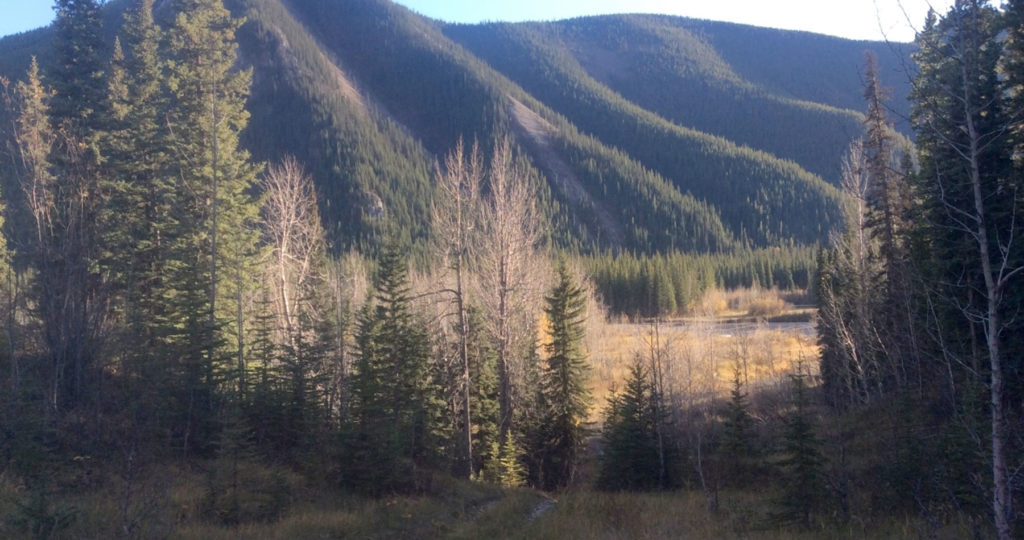
March 8, 2022
Mary Vaux Walcott
To celebrate International Women’s Day (March 8th, 2022), I want to share the accomplishments of Mary Vaux Walcott (1860 – 1940). Early Life Mary Vaux was born into a prominent Quaker family in Philadelphia on July 31, 1860. She was the eldest of the Vaux’s three children. The Quakers valued the devotion to God, modesty
Keep Reading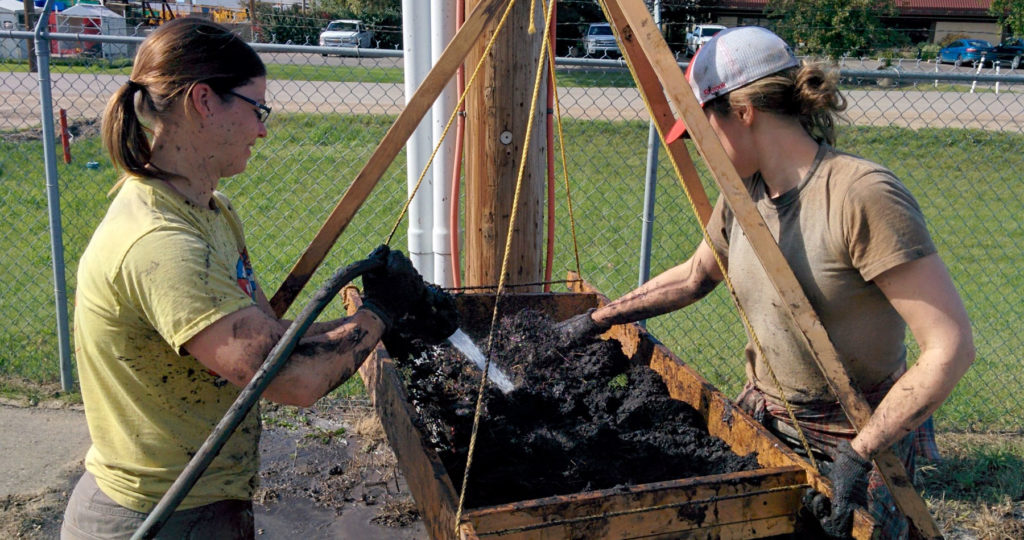
January 7, 2022
Help! My Child wants to be an ARCHAEOLOGIST!
We get many questions from parents with children interested in archaeology. Is archaeology really a job? What classes does my child need to take to be an archaeologist? Can it be a career? Like any professional field, if your not an archaeologist, you likely aren’t aware of the specifics. Ember Archaeology is here to help!
Keep Reading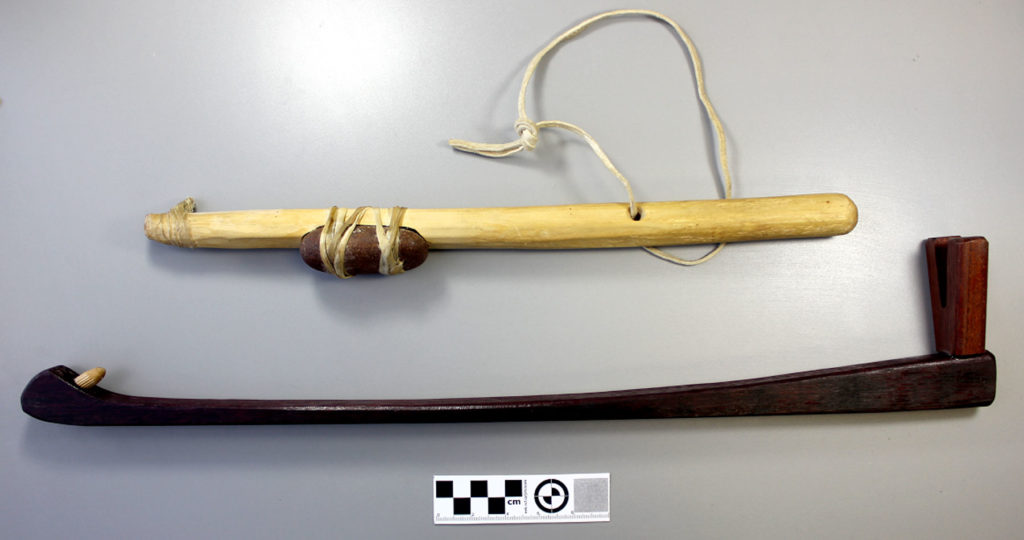
February 6, 2018
Atlatl
An atlatl is a throwing stick with a small hook used to throw darts (projectiles). It allowed the hunter or warrior to create more leverage to increase the speed and distance of the dart. This weapon was used throughout North America including Alberta, approximately between 7,500 and 1,350 B.P.
Keep Reading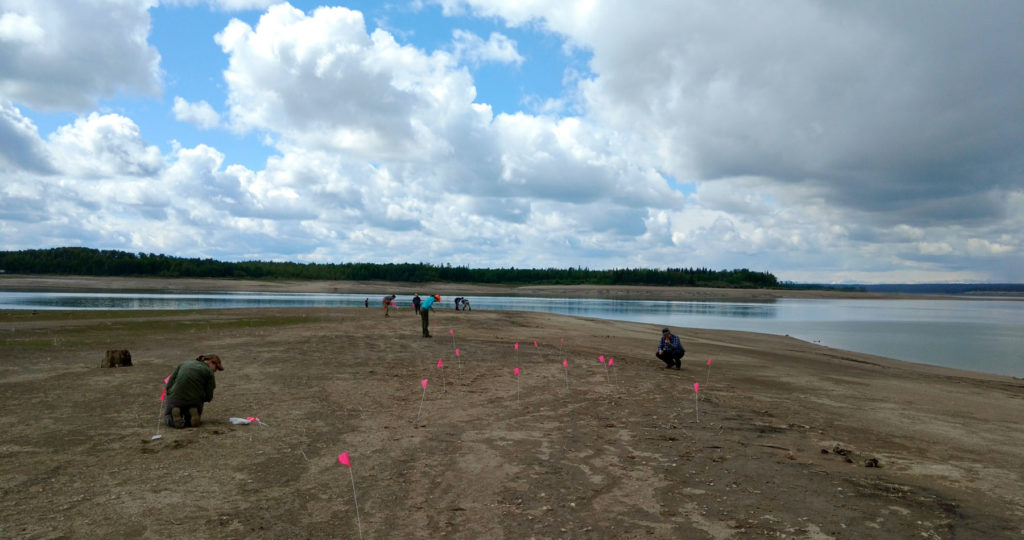
December 4, 2017
Public Archaeology at the Brazeau Reservoir
Public archaeological programs are an excellent opportunity for people with a general interest in archaeology or amateur archaeologists to learn what an artifact is, and to practice the techniques that are used to find and interpret them. Often these programs will have a dig component, where people join for a few days or a week,
Keep Reading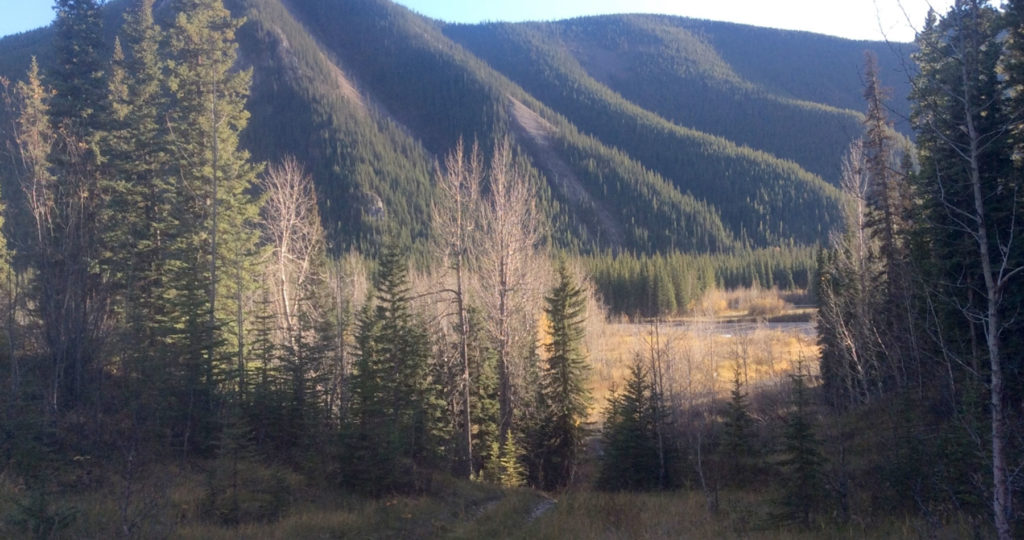
November 27, 2017
The View From Out Here
We took this photo in the fall of 2016 while completing fieldwork for Sundre Forest Products’. It’s of the Clearwater River valley as seen from a site we found that year. The site was easily identified because artifacts were eroding out of the steep valley wall and the ATV trails that cross the landscape. From
Keep Reading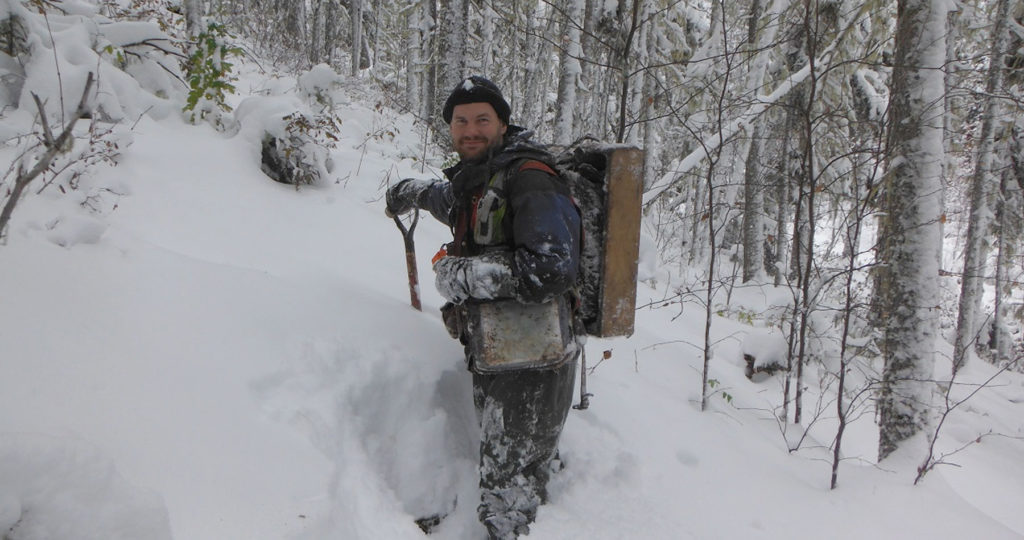
November 20, 2017
Working in the Winter
Specializing in forestry archaeology in Alberta, I haven’t had much opportunity to work in winter conditions. One of the nice things about forestry is its relatively long planning horizon and the flexibility to schedule our work. Unfortunately, in fall 2012, a variety of factors conspired to push some of our fieldwork into late October, and
Keep Reading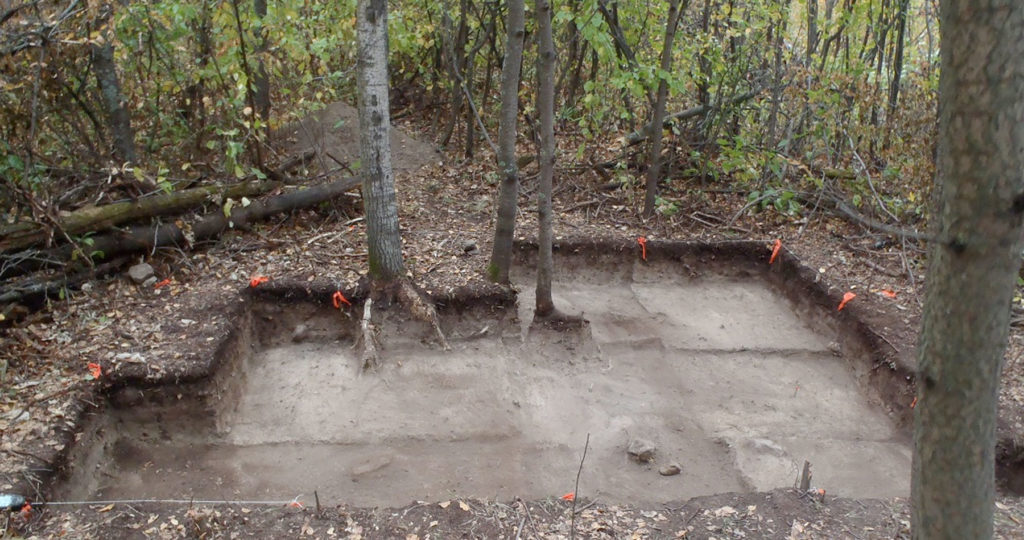
October 9, 2017
What is Mitigative Excavation?
Mitigative excavation is the process of digging an archaeological site that is threatened either by development or natural erosion. Mitigative excavations have different goals than academic excavations. The goal of mitigative excavations is is to save as much information about the site before it is destroyed, whereas in academic digs the goal is to answer
Keep Reading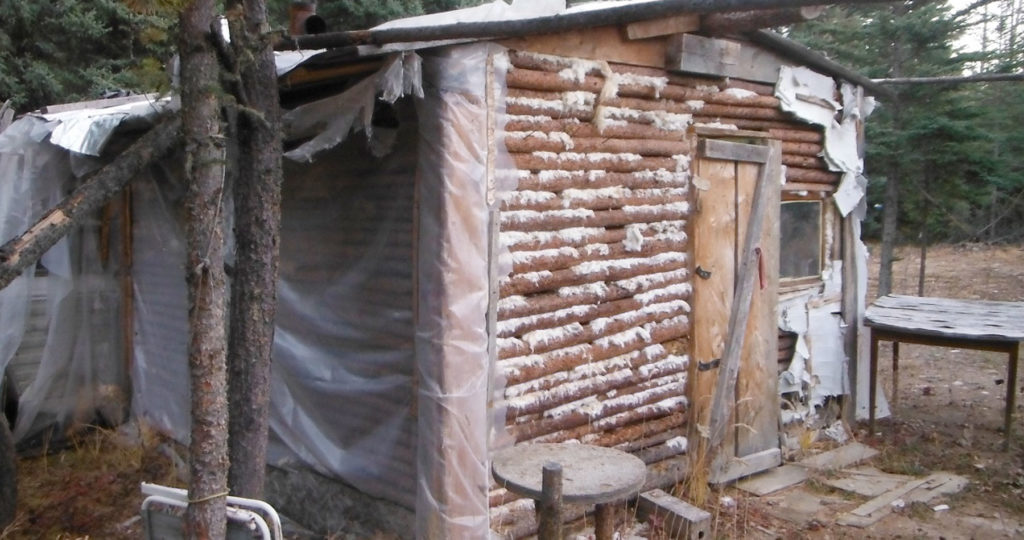
September 25, 2017
HRV 4C – What Happens Now?
You have made a plan for a development and reviewed your plan against the Listing of Historic Resources. You’ve found that you have a conflict on your land parcel, it is listed with an HRV of 4C. What does that mean? An HRV of 4C indicates that an historic resource site is located on that
Keep Reading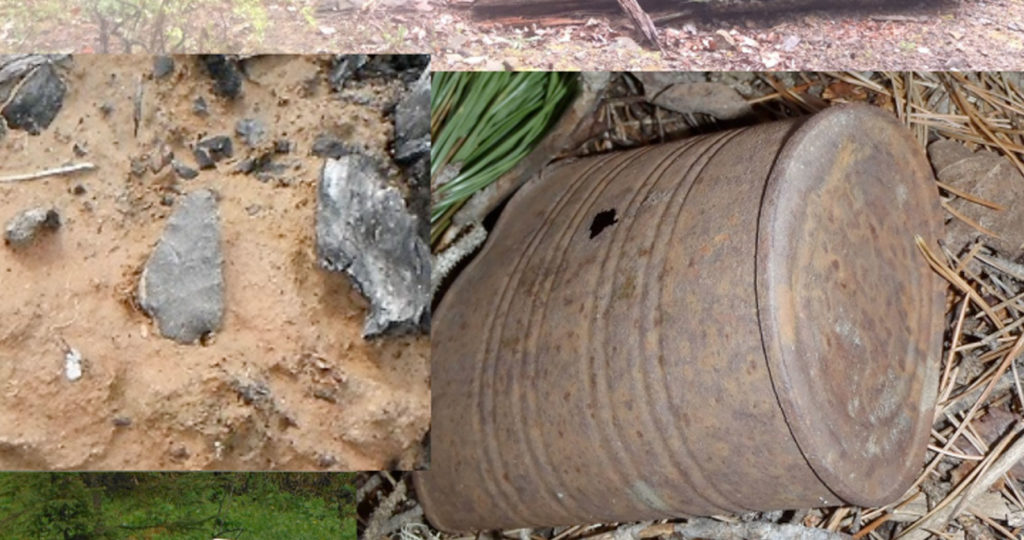
September 11, 2017
What is an Historic Resource Site?
The majority of Tree Time’s archaeological work is done in the context of Historic Resources Impact Assessments, but what is an Historic Resource? People are sometimes confused about what constitutes an historic resource because it is a very broad category. The first thing to come to most people’s mind would likely be the contents of
Keep Reading